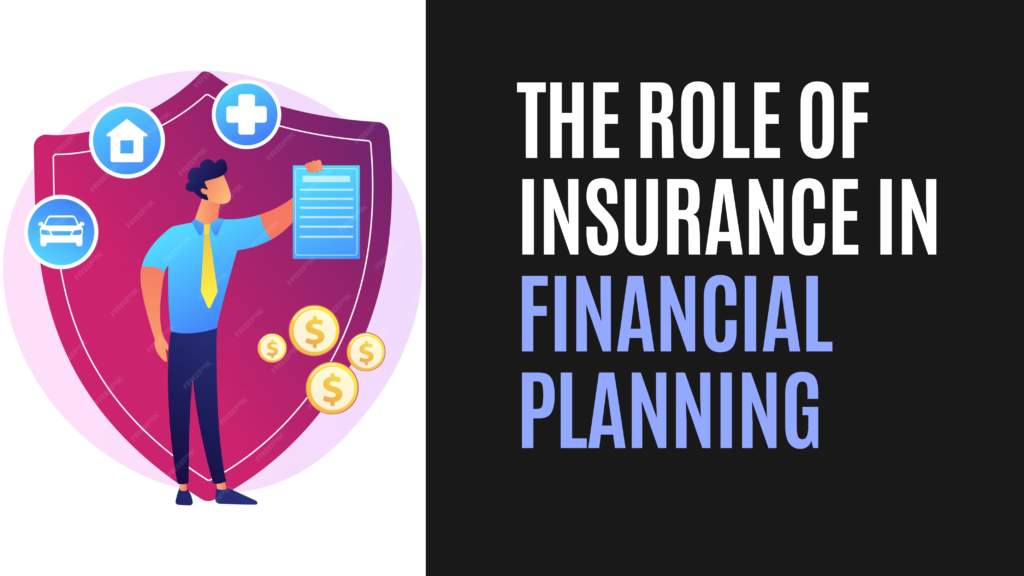Pacific Prime Can Be Fun For Everyone
Pacific Prime Can Be Fun For Everyone
Blog Article
How Pacific Prime can Save You Time, Stress, and Money.
Table of ContentsThe Facts About Pacific Prime RevealedWhat Does Pacific Prime Do?The Only Guide for Pacific PrimeFascination About Pacific PrimeWhat Does Pacific Prime Do?

This is since the data were gathered for a duration of solid financial performance. Of the approximated 42 million individuals that were uninsured, just about about 420,000 (concerning 1 percent) were under 65 years of age, the age at which most Americans become qualified for Medicare; 32 million were adults between ages 18 and 65, about 19 percent of all grownups in this age; and 10 million were children under 18 years old, concerning 13.9 percent of all kids (Mills, 2000).
These estimates of the number of persons without insurance are created from the annual March Supplement to the Existing Populace Study (CPS), conducted by the Demographics Bureau. Unless otherwise noted, nationwide estimates of individuals without medical insurance and percentages of the populace with different kinds of insurance coverage are based on the CPS, the most commonly used source of price quotes of insurance coverage and uninsurance prices.
A Biased View of Pacific Prime

Still, the CPS is specifically helpful due to the fact that it creates annual quotes relatively swiftly, reporting the previous year's insurance policy protection approximates each September, and because it is the basis for a regular collection of estimates for even more than two decades, permitting analysis of patterns in protection in time. For these reasons, along with the comprehensive use the CPS in various other studies of insurance policy protection that are offered in this record, we rely upon CPS quotes, with constraints noted.

The estimate of the number of uninsured individuals broadens when a populace's insurance policy condition is tracked for several years. Over a three-year duration beginning early in 1993, 72 million individuals, 29 percent of the united state populace, were without protection for a minimum of one month. Within a single go to my blog year (1994 ), 53 million people experienced a minimum of a month without insurance coverage (Bennefield, 1998a)
6 out of every ten without insurance adults are themselves utilized. Although working does enhance the likelihood that one and one's member of the family will have insurance policy, it is not an assurance. Even participants of households with two full time breadwinner have almost a one-in-ten opportunity of being uninsured (9.1 percent uninsured rate) (Hoffman and Pohl, 2000).
The Pacific Prime PDFs
New immigrants make up a significant proportion of people without health insurance. One evaluation has associated a substantial portion of the recent growth in the dimension of the U.S. uninsured population to immigrants that arrived in the country between 1994 and 1998 (Camarota and Edwards, 2000). Current immigrants (those who pertained to the USA within the past four years) do have a high price of being uninsured (46 percent), however they and their kids account for simply 6 percent of those without insurance coverage across the country (Holahan et al., 2001).
The connection in between health insurance coverage and accessibility to care is well developed, as documented later in this chapter. The partnership between wellness insurance and health outcomes is neither straight neither simple, a substantial medical and health services study literature links wellness insurance coverage to enhanced accessibility to care, far better top quality, and improved individual and population wellness status.
Levels of analysis for examining the effects of uninsurance. It focuses particularly on those without any health and wellness insurance policy for any kind of length of time.
How Pacific Prime can Save You Time, Stress, and Money.
The problems encountered by the underinsured are in some respects similar to those encountered by the uninsured, although they are typically much less extreme. Health and wellness insurance policy, nevertheless, is neither required neither adequate to acquire accessibility to medical solutions. The independent and direct effect of health and wellness insurance coverage on accessibility to wellness solutions is well established.
Others will get the healthcare they require also without medical insurance, by spending for it out of pocket or seeking it from service providers that offer care complimentary or at extremely subsidized prices. For still others, medical insurance alone does not ensure receipt of care as a result of various other nonfinancial barriers, such as an absence of healthcare carriers in their neighborhood, minimal access to transportation, illiteracy, or etymological and social differences.
The 8-Minute Rule for Pacific Prime
Formal study about without insurance populations in the USA dates to the late 1920s and early 1930s when the Board on the Expense of Medical Care created a collection of records regarding funding medical professional workplace sees and hospitalizations. This problem came to be prominent as the numbers of medically indigent climbed during the Great Clinical depression.
Report this page